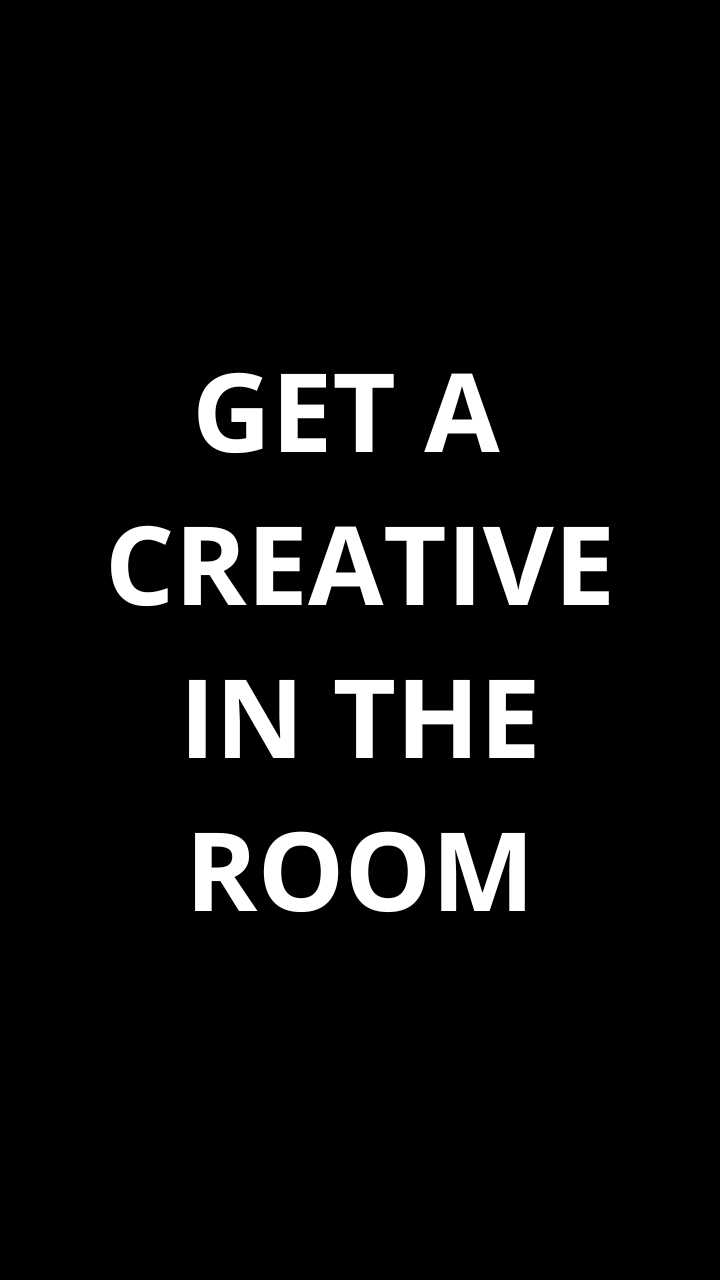Insights
Get a Creative in the Room

May 12, 2025
And sometimes, despite their best efforts, the work misses the mark for the client.
Why? The work met the brief, was approved through all the internal reviews but still left the client less than impressed.
The Game of Creative Telephone
This old-school model of brief ping-pong creates a dangerous opportunity for misinterpretation. A nuanced comment made by the client in passing, a facial expression, or even the tone of voice used during the meeting can shift the perceived intent of the brief. Details like this rarely make it into written notes or summary decks. So the creative team, working in good faith and producing high-quality, even potential award winning work, might inadvertently solve the wrong problem.
Cue frustration. Revisions. Rejection. And, at worst, the erosion of trust between agency and client.
Cut the Middle Layer: Invite the Creative In
Having a creative in the room when the brief is delivered changes everything. They hear it firsthand. They can ask questions in the moment. They can read the client’s energy. Most importantly, they can begin thinking creatively from the start, not based on an interpretation of the brief, but the brief itself.
What’s more, having the creative in the room creates shared accountability. The creative can’t claim the work went sideways because the brief was misinterpreted or lost in translation. They were there. They’re now part of the strategy, not just the execution.
The Creative Mind Is Strategic Too
There’s also a deeper benefit here, creatives are more than execution machines. The best ones think strategically. They bring sharp insight, empathy, and lateral thinking to the table, often unearthing a richer problem to solve or a more inspiring way to solve it. Excluding them from early conversations is not just inefficient, it’s a waste of one of your agency’s greatest assets.
This Isn’t About Undermining Account Service
Let’s be clear, this isn’t a call to bypass or devalue account service. They play a vital role in developing the strategy, managing relationships, navigating feedback, and maintaining alignment. But by pairing account leads with creatives from the outset, you unlock the full potential of your team. Everyone hears the same thing. Everyone owns the result.
In Summary
Creatives should be in the room when the brief is delivered. Not after it’s been filtered. Not after it’s been reworded. But in the room, live, engaging, listening and owning the outcome. It leads to better work, fewer missteps and stronger partnerships.
Ready to talk business?